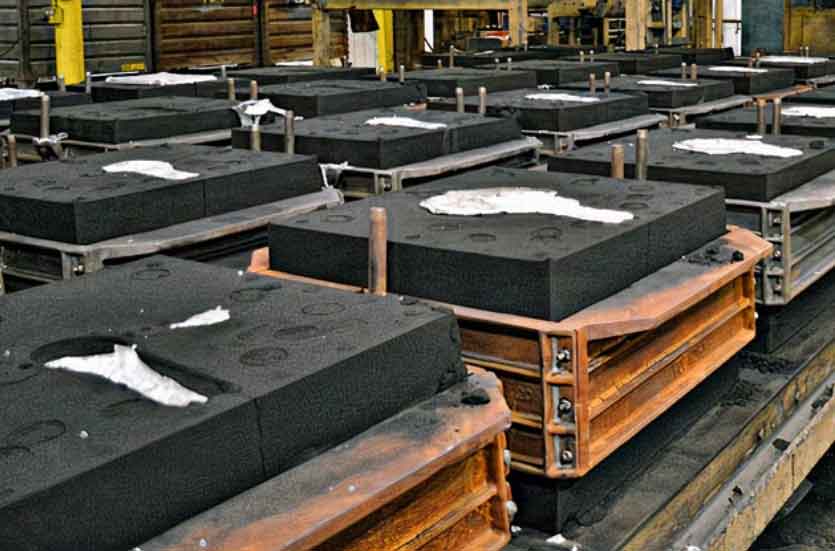Resin sand casting has revolutionized prototyping and small-scale production by offering a cost-effective and efficient solution for producing metal components. Here are some ways in which resin sand casting has transformed prototyping and small-scale production:

- Rapid Prototyping: Resin sand casting enables the rapid production of prototypes, allowing for quick iterations and design validation. The process offers shorter lead times compared to traditional methods like machining or tooling. This speed allows designers and engineers to test and refine their designs more efficiently, accelerating the product development cycle.
- Cost Efficiency: Resin sand casting offers cost advantages for prototyping and small-scale production runs. The initial investment for creating patterns or tooling is relatively low compared to other casting or machining methods. The ability to produce multiple components from a single pattern or mold further reduces per-unit costs, making it economical for small production volumes.
- Design Flexibility: Resin sand casting allows for design flexibility and the incorporation of design changes without significant cost implications. The foam patterns used in resin sand casting can be easily modified or replaced, allowing for quick adjustments to the design during the prototyping phase. This flexibility empowers designers to experiment with different geometries, features, or configurations before finalizing the product design.
- Near-Net Shape Casting: Resin sand casting produces near-net shape castings, minimizing the amount of post-casting machining or finishing required. The foam patterns replicate the final shape of the component with high accuracy, reducing the need for extensive material removal. This near-net shape capability saves time, reduces material wastage, and streamlines the production process for small-scale production.
- Multi-Part Assemblies: Resin sand casting enables the integration of multiple components or features into a single casting. This eliminates the need for separate part fabrication and assembly operations, simplifying the production process and reducing assembly time. It is particularly beneficial for small-scale production, where minimizing assembly steps is essential to maintaining efficiency and cost-effectiveness.
- Iterative Development: Resin sand casting allows for iterative development, enabling designers and engineers to refine their designs based on feedback or test results. As changes can be easily incorporated in the foam patterns, designers can iterate quickly, making adjustments and improvements to the component design throughout the prototyping and small-scale production phases.
- Versatile Material Selection: Resin sand casting can be used with various metals and alloys, providing versatility in material selection. Designers can choose the most suitable material based on factors such as mechanical properties, cost, and specific application requirements. This flexibility ensures that prototypes and small-scale production components are produced with the right material for their intended purpose.
The combination of speed, cost efficiency, design flexibility, and near-net shape casting make resin sand casting a game-changer in prototyping and small-scale production. It empowers designers and manufacturers to iterate quickly, produce functional prototypes, and bring products to market faster. By leveraging the advantages of resin sand casting, businesses can reduce development time, optimize designs, and make informed decisions before scaling up to larger production volumes.
